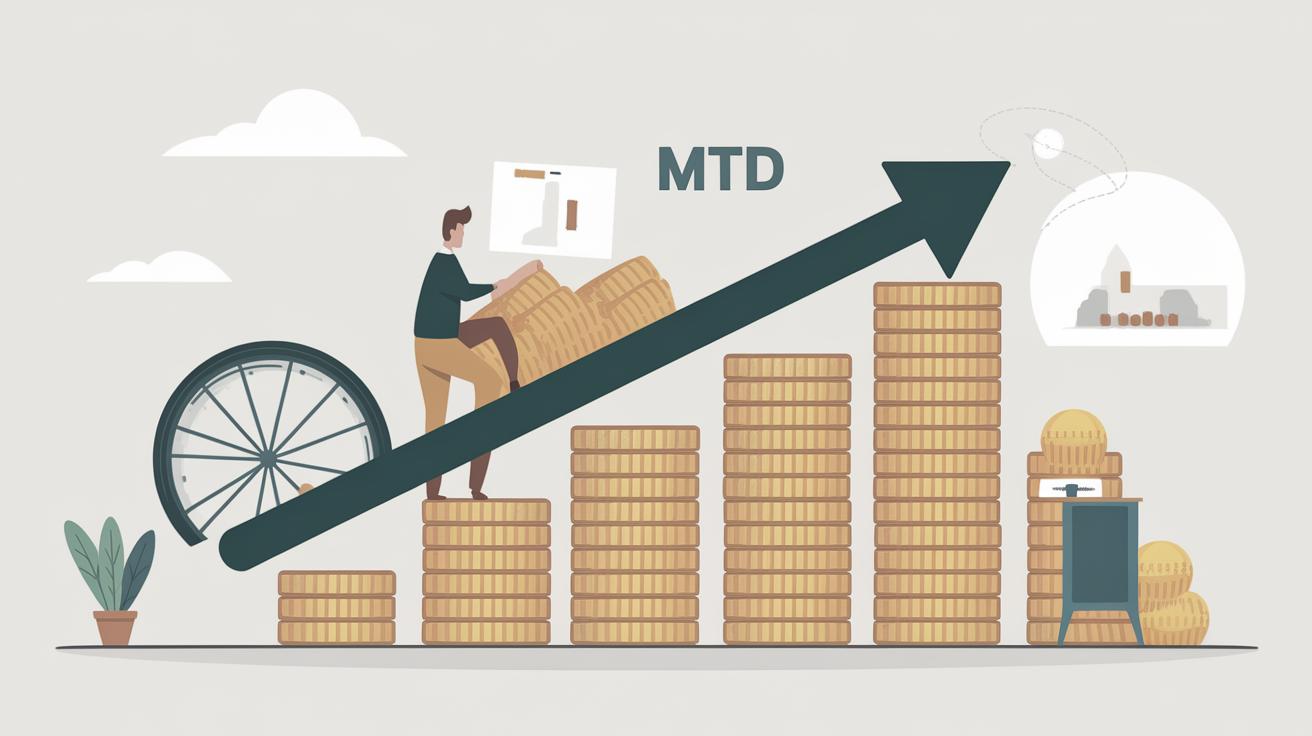Understanding the Cost of Health Insurance
The cost of health insurance can vary significantly depending on a multitude of factors such as age, plan type, and geographical location. This blog explores various facets of health insurance costs, offering insights into monthly premiums, costs by age, types of plans, company variations, and much more. Whether you’re an individual seeking insurance or a family comparing plans, understanding these elements can help in making an informed decision. Dive into our comprehensive analysis, and gain clarity on what affects your health insurance rates.
What Is Health Insurance?
Health insurance is a contractual arrangement in which an insurer provides coverage for medical expenses incurred by the policyholder. It typically involves the insurer paying for all or part of the healthcare services, treatments, and procedures indicated in the policy, thereby shielding individuals from high or unexpected expenses.
Essentially, health insurance operates as a financial safety net, cushioning individuals and families against potentially unaffordable medical costs. Policies vary widely, covering everything from hospital visits and surgeries to routine check-ups and prescriptions, depending on the terms of the plan.
How Much Does Health Insurance Cost Per Month?
The monthly cost of health insurance, or the premium, is determined by several factors including the plan’s coverage options, deductible, and out-of-pocket maximums. On average, individuals can expect to pay anywhere between a few hundred to several hundred dollars per month.
Families generally face higher premiums due to the increased coverage needed. Many people qualify for subsidies under the Affordable Care Act, which can further lessen the monthly financial burden, but eligibility is dependent on income level and other criteria.
How Much Does Health Insurance Cost by Age?
Age is a significant determinant in the cost of health insurance, with older applicants typically facing higher premiums. Insurers often charge more as age increases due to the higher risk of health issues and the corresponding increase in medical costs.
For instance, a 21-year-old might have a considerably lower premium than a 45-year-old with the same plan. This age-altering rate is a foundational element of policy structuring, emphasizing the need for younger individuals to be proactive in evaluating their insurance options early on.
How Much Does Health Insurance Cost by Plan Type?
Health insurance is offered in various plan types such as Health Maintenance Organization (HMO), Preferred Provider Organization (PPO), Exclusive Provider Organization (EPO), and Point of Service (POS) plans. Each comes with varying costs and benefits.
HMOs usually have lower premiums but require members to use a specific network of doctors and hospitals, while PPOs offer greater flexibility in choosing care providers but often come with higher costs. Understanding these distinctions is vital in selecting a plan that meets both financial and healthcare needs.
How Much Does Health Insurance Cost Per Company?
The cost of health insurance can also vary by company, with different insurers offering diverse plans and pricing structures. Market leaders like UnitedHealthcare, Anthem, and Kaiser Permanente have distinct premium ranges and coverage choices.
Potential policyholders should meticulously compare the offerings from various insurers, checking not only the premiums but also the extent of coverage, network providers, and customer satisfaction ratings, to select the most appropriate and cost-effective plan.
How Much Is Health Insurance by Metal Tier?
Insurance plans under the Affordable Care Act are categorized into metal tiers: Bronze, Silver, Gold, and Platinum, each representing a standard of coverage and cost-sharing between the insurer and the insured.
Bronze plans have the lowest premiums but higher out-of-pocket costs, while Platinum plans offer the highest premiums with minimal out-of-pocket expenses when care is needed. Choosing a metal tier depends largely on how much healthcare one anticipates using and their budget capacity for monthly premiums.
Average Cost of Health Insurance by State
Geographical location greatly affects health insurance costs due to state regulations, competition among providers, and the general cost of living. For instance, states like New York and California typically have higher insurance rates compared to states like Utah or Arkansas.
It’s essential for prospective policyholders to research and understand the average costs in their state as this can substantially impact their overall healthcare budget and insurance choices.
Average Cost of Healthcare by Family Size
Family size plays an important role in determining the cost of health insurance, with larger families naturally incurring higher premiums to cover more individuals. Insurance providers often offer family plans that can yield savings compared to individual coverage for each member.
Families should consider their healthcare needs collectively, assessing the medical histories and necessary coverages, to strike a balance between comprehensive protection and affordability.
Factors Influencing Health Insurance Costs
Age
Age significantly influences premium prices, as older individuals tend to use more healthcare services. Insurance companies adjust rates to reflect the potential risk and cost of providing care as policyholders age.
Metal Tier
The choice of metal tier determines the balance between monthly premium costs and out-of-pocket expenses. Plans under higher metal tiers offer lower out-of-pocket costs but come with higher premiums, affecting overall financial planning.
Tobacco Use
Tobacco use is another critical factor influencing costs, as users typically face higher premiums due to the increased risk of developing chronic health conditions. Many insurers impose a surcharge on premiums for tobacco users.
Location
The cost of health insurance varies by location, reflecting regional cost of living, state regulations, and the provider network size, which all contribute to differing premium structures.
Family Size
The number of individuals covered determines insurance costs, with larger families facing higher premiums to account for additional covered members and increased healthcare needs.
Total Costs for Health Insurance
Total insurance costs are not limited to premiums. They include deductibles, copayments, coinsurance, and out-of-pocket maximums that individuals must consider when evaluating the financial impact of their health insurance choices.
Ensuring that one comprehends these total costs is critical in planning financially for healthcare expenditures over time and avoiding unexpected expenses that can arise even when insured.
How to Buy Health Insurance
Purchasing health insurance can be done through different portals such as the Health Insurance Marketplace during open enrollment or directly through insurers throughout the year for qualifying events.
Individuals should evaluate their healthcare needs, research plan options, understand the associated costs of each plan, and check for potential subsidies before making a decision. Consulting with insurance brokers can also provide valuable guidance.
Alternatives to Health Insurance
For those unable or unwilling to purchase traditional health insurance, alternatives include health savings accounts (HSAs), short-term health plans, and healthcare sharing ministries, which offer varying levels of coverage and affordability.
These options may not have the same comprehensive coverage as traditional insurance plans, hence individuals should weigh the benefits and limitations carefully based on their unique health needs and financial situations.
Frequently Asked Questions (FAQs)
How Much Is Health Insurance for a Family of Four?
For a family of four, health insurance costs are typically higher than those for individuals or couples due to the increased number of covered individuals. On average, families can expect to pay around $1,200 to $1,500 per month, although this varies widely based on coverage level and location.
Evaluating family-specific factors and healthcare needs is essential in choosing the right plan that provides sufficient coverage without placing an undue financial burden on the family budget.
How Much Is Health Insurance Without a Job?
Without employer-sponsored health insurance, individuals might face higher premiums as they must independently purchase coverage on the open market or through Health Insurance Marketplaces. Costs start around $400 per month but can vary significantly based on individual circumstances.
Unemployed individuals should explore options like Medicaid for qualifying low-income individuals or COBRA coverage, which allows the continuation of an employer’s plan for a limited time, though often at a higher cost.
Are Health Insurance Premiums Tax Deductible?
Health insurance premiums may be tax-deductible, particularly for self-employed individuals who can often deduct premiums for policies that include their family, reducing taxable income.
However, deductibility rules can be complex, depending on various factors such as income level, filing status, and whether premiums are paid with pre-tax or after-tax dollars, hence consulting a tax professional is advised.
What Is The Most Common Type of Health Insurance Plan?
Preferred Provider Organizations (PPOs) are among the most common types of health insurance plans, offering flexibility in choosing healthcare providers both in and out of network without a referral.
This widespread preference is due to their balance of flexibility and coverage, appealing to those who value choice and easy access to specialists within their healthcare networks.
What Is the Most Expensive Health Insurance?
Among health insurance types, Platinum plans under the ACA are often the most expensive, given their high premium costs designed to cover approximately 90% of healthcare expenses, minimizing out-of-pocket costs for the insured.
These plans are suited for those who anticipate needing a considerable amount of medical care and prefer the peace of mind that comes with lower deductible and copay levels, though they come with higher monthly financial obligations.
The Bottom Line
Key Takeaways
Understanding the cost dynamics of health insurance is crucial in making informed decisions. Factors like age, plan type, company choice, and more substantially influence premiums. Exploring alternatives can offer viable options, especially for those without employer-sponsored plans.
Note
Health insurance is not a one-size-fits-all product. Individual needs and circumstances dictate the most suitable and cost-effective options. Thorough research and analysis of different plans can lead to significant savings and optimized health coverage.
Related Articles
-
Understanding the Affordable Care Act
-
Tips for Choosing the Right Health Insurance Plan
-
Reducing Out-of-Pocket Healthcare Costs
Summary of Main Points
| Aspect | Details |
|---|---|
| What Is Health Insurance? | Contractual arrangement covering medical expenses. |
| Cost Per Month | Varies by individual needs and subsidies. |
| Cost by Age | Increases with age due to higher health risks. |
| Plan Type | HMOs, PPOs, EPOs, POS – each has distinct costs. |
| Cost by Company | Varies significantly based on coverage and company. |
| Metal Tier | Bronze to Platinum impact premiums vs. out-of-pocket costs. |
| Average Cost by State | Affected by local regulations and cost of living. |
| Healthcare by Family Size | Larger families face higher premiums; family plans can yield savings. |
| Insurance Cost Influences | Age, tier, location, tobacco use, and family size. |


